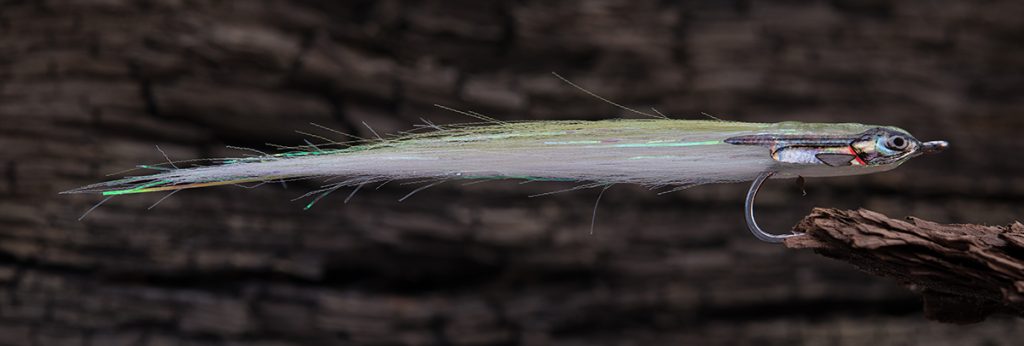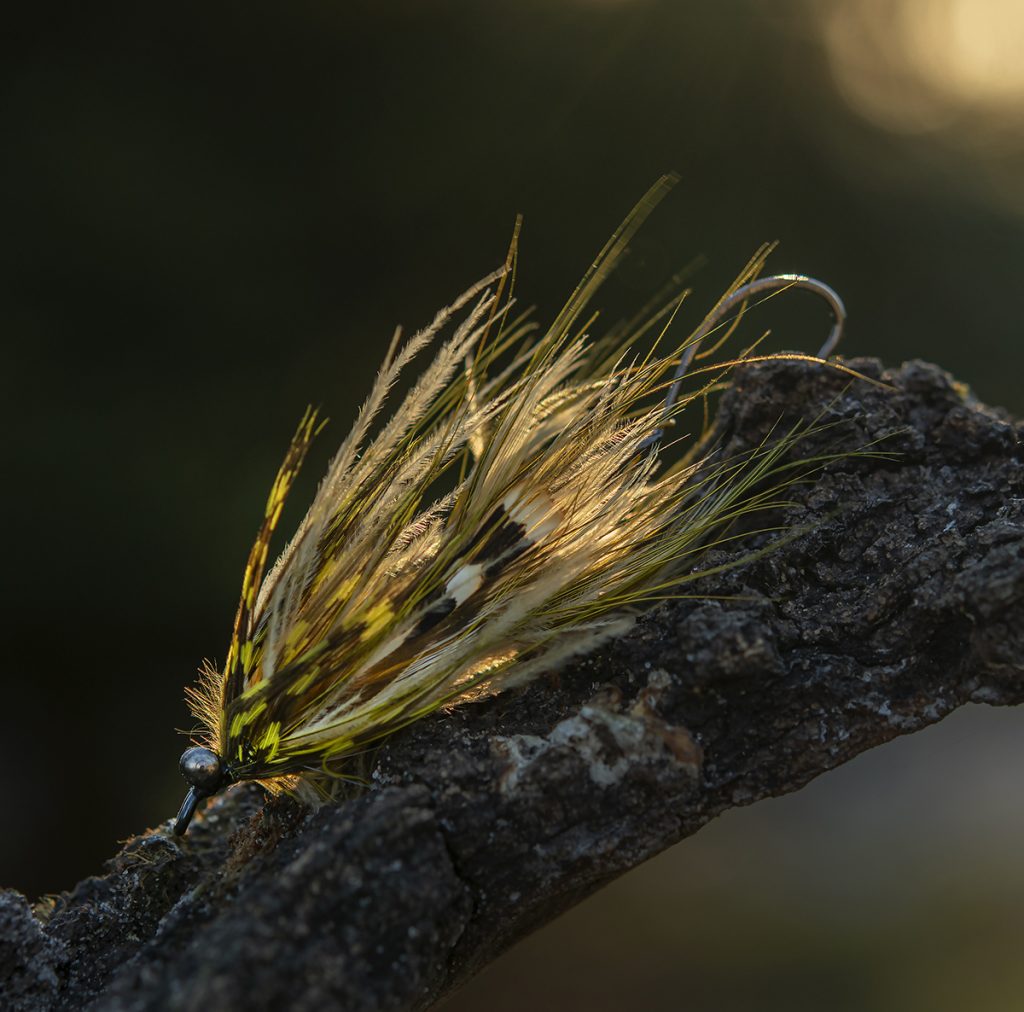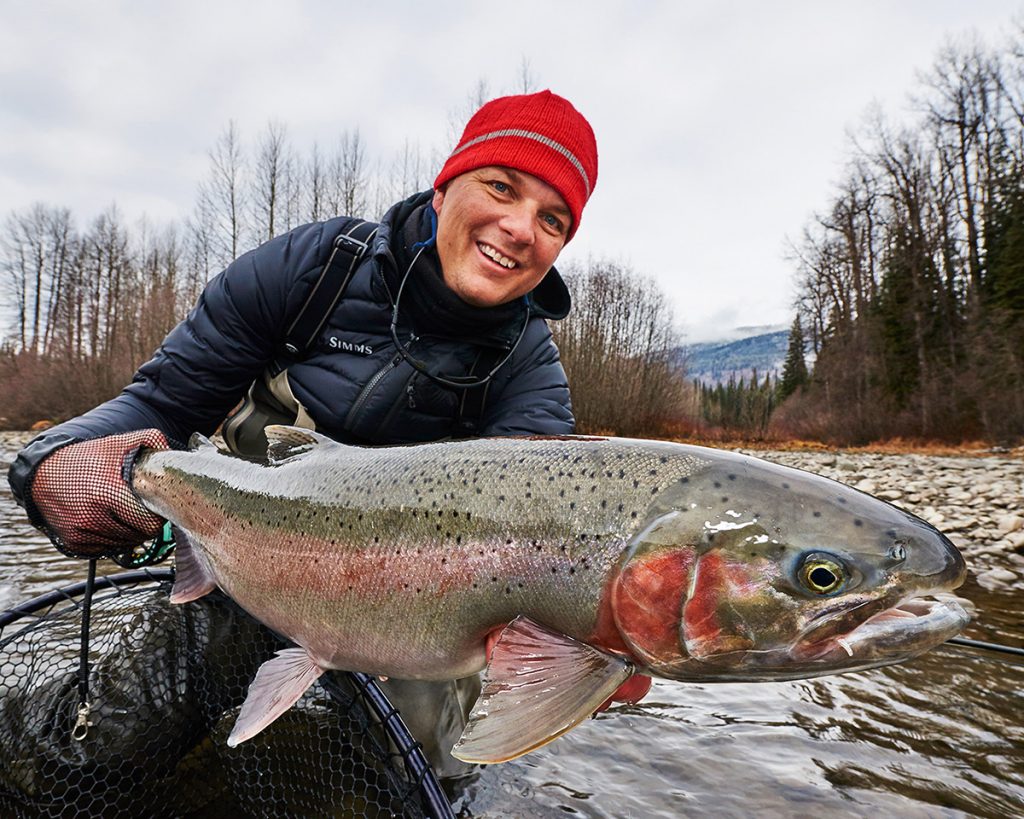
Not the ones you find on every self-respecting car owner in the rural areas, no – the ones used behind flies. A trailing hook – as in a hooks that hangs “behind” the fly, further back than the hook would be, had the fly been dressed on a wetfly- or streamer hook. That is sometimes an advantage.
Some fish are infamous “short takers” or “nibblers”. And some flies exaggerate the problem if they have long wings. Sand eel imitations, for instance. As attractive as they can be to many saltwater predators, they can produce strikes that never hook up, because the fish never really contacts the hook point. It’s one reason why I always use eyes on long bait fish imitation – I have a strong belief that predatory fish key in on the eye (but I don’t know).

Back to the short takers – a hook pushed way back in the dressing is often the perfect solution. There are many ways to accomplish this. Tandem flies are well known and popular and you can use a long piece of (often undressed) tube to place the hook way back by the end of the wing. That solution is popular on big, bulky night flies for river run sea trout. Even really big sea trout can be very hard to hook.

Another way is to dress the fly on a shank or Game Changer-style looped-wire-shank and place a stinger- og trailer hook in a loop, as far back as you prefer or the dressing requires. The North American Intruder-style is based around this principle and their popularity speaks to the effectiveness of the system.

Trailing hooks can also be used on long flies tied on short shank hooks, like Flat Wings. When tying trailer hooks to hooks, make sure to use hooks, where the hook eye is big enough for the mono or wire to be passed trough, so you can secure it on both the top and bottom of the hook, so it doesn’t slip out. Did I mention that en extra large hook-eye is a deliberate design feature on both the Nordic Series and Salt – this is one of the reasons (another is that it’s easier for semi-old men, who’s forgotten the +2-readers, to tie on the fly).

We have two dedicated trailer hooks in the program. The NS 182 Trailer Hook, created specifically for Scandinavian salt water fly fishing, but equally useful on more or less any other type of fishing, where a trailing hook is desired. We also have a trailer hook in the Home Run-series HR 482 Trailer Hook and HR 483 (barbless), which is based on the very same design, but on a heavier wire to hold big, strong fish in strong currents. They share one, very important, feature – the up-eye. The up-eye is essential to keep the shank of the trailer hook in line with the front hook or shank. The same could be done with a down-eye hook, but an up-eye design leaves for open hook-gap.
